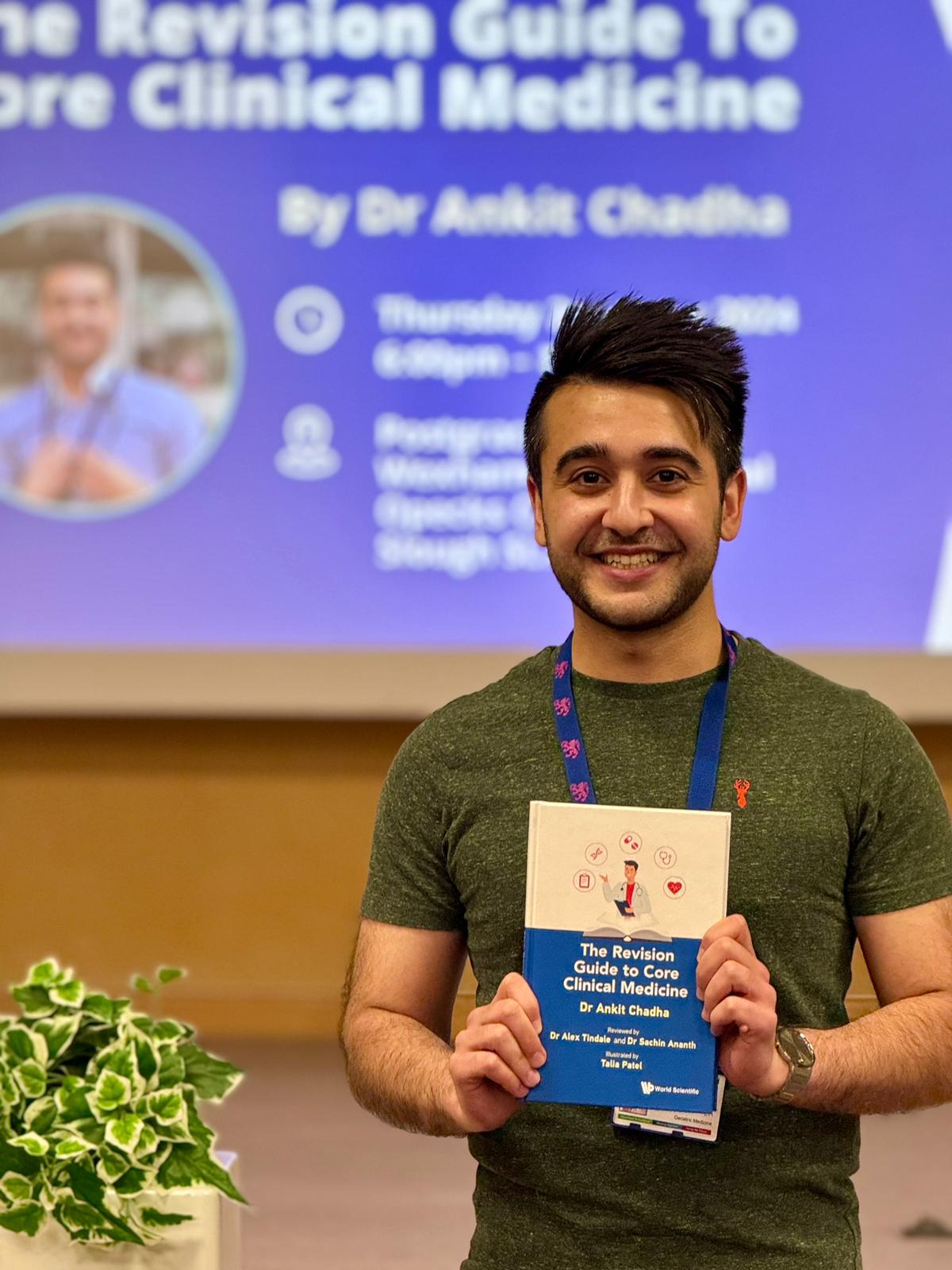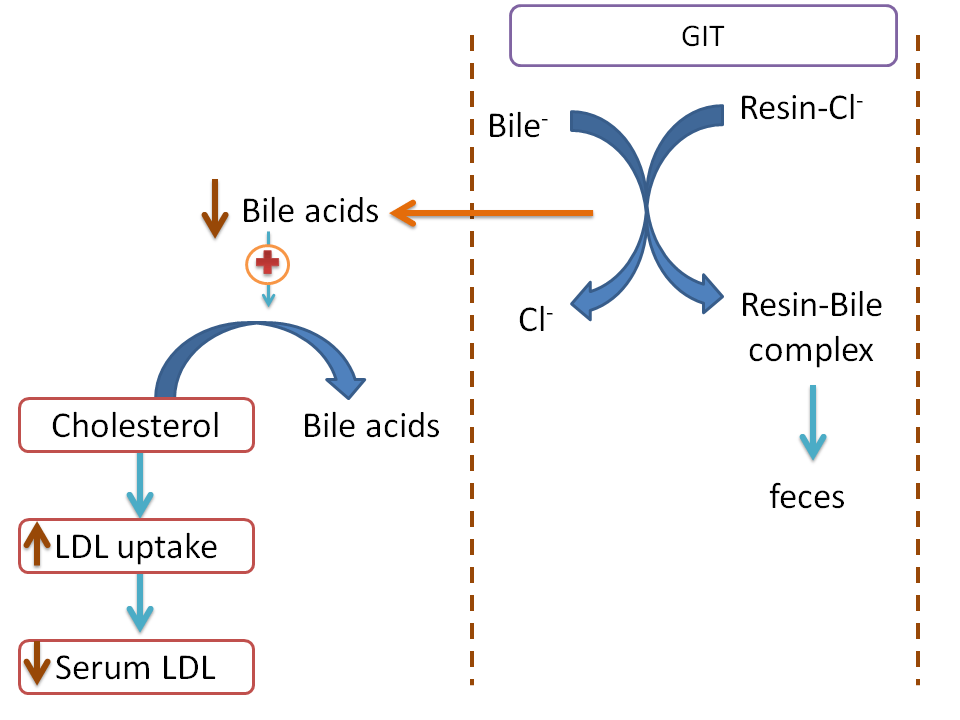Enjoying special moments
Dear Friend,
I am deeply grateful to everyone who attended the launch of my new book, “The Revision Guide to Core Clinical Medicine.” This milestone is incredibly special to me, marking my first book sales and the unforgettable experience of signing my first copies. Your overwhelming support has truly touched my heart.
As a junior doctor, it’s often challenging to take a moment out of our busy routines to enjoy moments like this. I’ll admit, as soon as the book launch concluded, my mind immediately jumped to my upcoming registrar exams and how I would prepare. It was almost instinctive — one task completed, straight onto the next.
While being productive and setting goals is important, I realized this week how risky it can be to constantly move from one task to another without pause. The day after my book launch, I experienced a significant adrenaline crash. I hadn’t recognized the toll all the hard work and effort had taken on both my body and mind.
If we don’t take a moment to savor our successes and good moments, then what is the point of having them? As medical students and junior doctors, we are accustomed to feeling low, overwhelmed, and stressed. But how often are doctors portrayed as enjoying themselves? This week, I want to emphasize the importance of celebrating your successes, whatever they may be. Doing so helps avoid burnout and ensures you are enjoying the journey.

Why Celebrating Success Matters
Celebrating successes isn’t just about patting ourselves on the back. It’s about recognizing the hard work, dedication, and creativity that goes into achieving our goals. Here are some key reasons why taking the time to celebrate is essential:
- Prevents Burnout Constantly moving from one task to another without taking a breather can lead to burnout. Celebrating successes gives us a moment to recharge, reflect, and appreciate our efforts. It serves as a mental and emotional break, helping to prevent the exhaustion that comes from relentless work without respite.
- Reinforces Positive Behaviour Recognition and celebration reinforce positive behaviours and achievements. When we celebrate our successes, we create a positive feedback loop, encouraging everyone to continue striving for excellence. This recognition boosts morale and motivates us to keep pushing forward.
- Builds Team Cohesion Celebrations are opportunities to strengthen team bonds. They allow us to come together, share our experiences, and appreciate each other’s contributions. This sense of camaraderie fosters a supportive and collaborative work environment, essential for long-term success.
- Enhances Enjoyment of the Journey If we only focus on the end goals, we miss out on the joy of the journey. Celebrating milestones along the way helps us to savor the process and find fulfillment in our daily work. It reminds us that life is not just about hitting targets but also about enjoying the experiences that come with achieving them.
Incorporating Celebrations into Our Routine
To make celebrating successes a regular part of our work culture, consider the following strategies:
- Team Meetings: Dedicate a portion of our team meetings to acknowledging recent achievements and milestones. Encourage everyone to share their successes, no matter how small.
- Personal Recognition: Take the time to personally thank and congratulate team members for their hard work and contributions. A simple note or a few words of appreciation can go a long way.
- Organized Celebrations: Plan regular events or gatherings to celebrate major project completions or significant achievements. These could be as simple as a team lunch or as elaborate as an annual awards ceremony.
- Reflect and Share: Encourage team members to reflect on their achievements and share their stories. This not only highlights individual successes but also inspires others and fosters a culture of mutual appreciation.
Conclusion
As we continue to strive for excellence, let’s remember that success is not just about the final destination but also about the journey we take to get there. By celebrating our successes, we ensure that we remain motivated, avoid burnout, and truly enjoy the work we do. Let’s take the time to recognize and celebrate our achievements, both big and small, and continue to build a positive, fulfilling work environment.
Thank you for your hard work and dedication. Here’s to many more successes and the joy that comes with celebrating them together!
Drug of the week
Cholestyramine
This is an anion exchange resin which binds bile salts and prevents them from being reabsorbed by the intestine.
Therefore, it leads to an increase in cholesterol breakdown in the liver to synthesise more bile salts.
It is also used in diseases like primary biliary cirrhosis to reduce pruritus, which is caused by excessive levels of bile salts irritating the skin.
A Brain Teaser
A 48-year-old woman presents to her general practitioner with several months of lower back pain. She also reports experiencing some radiation down the left leg, describing it as a ‘shooting’ sensation. She has no significant past medical history.
On examination, there is some generalised, lower, paraspinal tenderness. Sensory loss is evident over the posterolateral leg and the foot. The ankle jerk reflex is reduced. When the hip is passively flexed while the knee is kept fully extended, pain is elicited at 45 degrees.
What nerve root is affected?
A: L3
B: L4
C: L5
D: S1
E: S2
Answers
The answer is D – S1
This patient is likely experiencing a prolapsed lumbar disc, given the cluster of signs and symptoms at presentation. Specifically, this is most suggestive of an S1 lesion. This classically presents with sensory loss across the posterolateral aspect of the leg and lateral aspect of the foot, as well as a reduced ankle reflex. It also presents with a positive sciatic stretch test (straight leg raise test) as seen here – pain is elicited when the hip is flexed, while the knee is kept extended, due to stretching of the sciatic nerve. Although not described in this scenario, plantarflexion weakness may also be present.
An L3 lesion would instead present with sensory loss over the anterior thigh and a reduced knee reflex. It would also feature weak hip flexion, knee extension and hip adduction. A femoral stretch test would likely be positive – this is where the knee is flexed at 90 degrees, the hip is extended and then the foot is plantarflexed. A positive test results when pain is elicited.
An L4 lesion would instead present with sensory loss over the anterior knee and medial malleolus and a reduced knee reflex. Knee extension and hip adduction may be weak. Like with an L3 lesion, the femoral stretch test may also be positive.
An L5 may also present with a positive sciatic stretch test, as seen here. However, sensory loss would instead be expected over the dorsum of the foot and reflexes are typically intact. Weakness would be expected with dorsiflexion of the foot and the big toe.
An S2 lesion would instead present with sensory loss over the posterior thigh and upper calf. Weakness would be predominant in hip extension.




